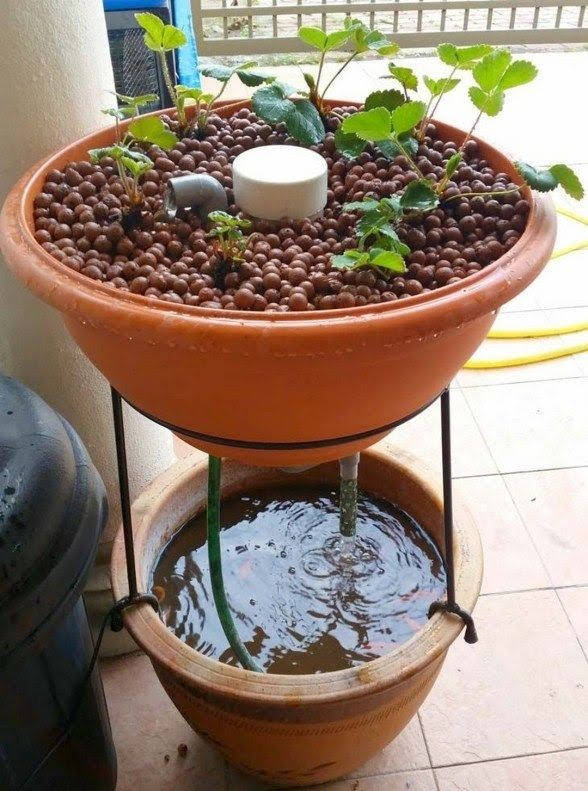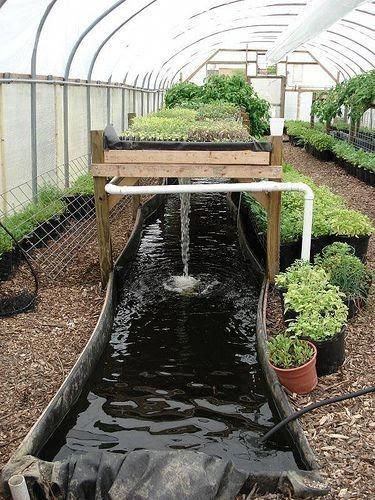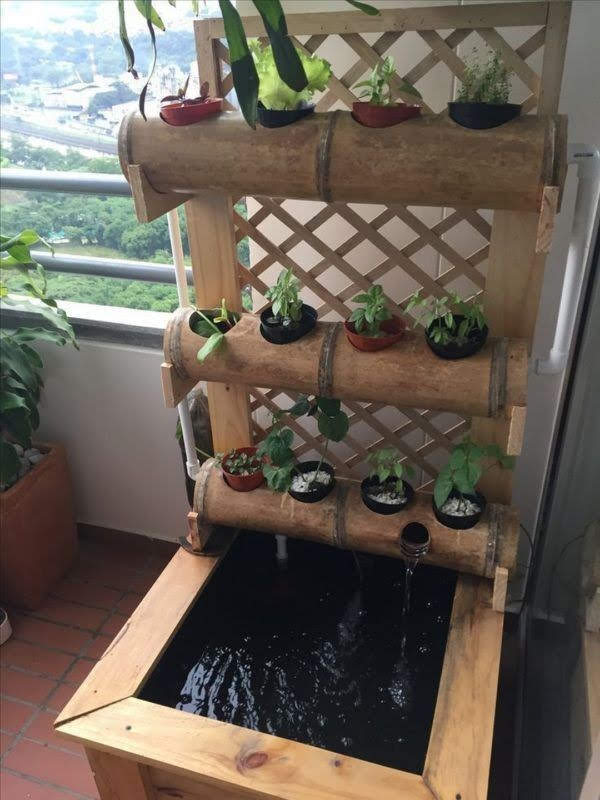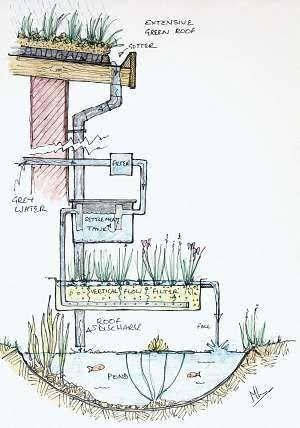Dive into the Depths of Aquaponics: A Comprehensive Guide
Aquaponics, the marriage of aquaculture (fish farming) and hydroponics (soilless plant cultivation), has captured the imagination of eco-conscious individuals and sustainable food enthusiasts alike. But what exactly is it, and how can you get started with your own aquaponic system? This comprehensive guide delves into everything you need to know to embark on your aquaponic journey.
The Symbiotic Dance:
At the heart of aquaponics lies a beautiful partnership. Fish waste, rich in ammonia, is filtered by beneficial bacteria, converting it into nitrites and nitrates. These become nutrients readily absorbed by plants, grown in a water-based medium instead of soil. The filtered water, cleansed by the plants, then returns to the fish tank, completing the cycle. This closed-loop system minimizes water waste and creates a thriving ecosystem for both fish and plants.
Benefits Galore:
Aquaponics boasts a multitude of advantages:
Sustainability: Uses 90% less water than traditional agriculture and requires no soil, reducing environmental impact.
High Yields: Produces fresh, organic fish and vegetables in a compact space, ideal for urban settings.
Reduced Waste: Recycles nutrients efficiently, minimizing waste and promoting resource conservation.
Healthy Food: Provides control over the growing environment, ensuring the quality and freshness of your produce.
Fun and Educational: A rewarding hobby that fosters knowledge about food production and ecological systems.
Getting Started:
Ready to take the plunge? Here's what you need to consider:
System Design: Choose from various setups, ranging from simple countertop units to elaborate backyard systems. Consider space, budget, and desired fish and plant species.
Fish Selection: Opt for hardy fish like tilapia or koi that thrive in recirculating systems. Research their specific needs and stocking densities.
Plant Choices: Select plants compatible with your fish and water conditions. Leafy greens, herbs, and some fruiting varieties are popular choices.
Essential Components: You'll need a fish tank, grow bed, pump, filter, and media for bacteria growth. Additional equipment like lighting and timers might be needed.
Water Quality: Monitor and adjust water parameters like pH, ammonia, and nitrites to ensure a healthy environment for both fish and plants.
Beyond the Basics:
As you gain experience, you can explore advanced techniques like:
Aquaponics with different fish species: Explore raising shrimp, crayfish, or even ornamental fish.
Integrating aquaponics with other systems: Combine with aquacultures or aeroponics for a more diverse and productive setup.
Automating your system: Utilize timers, sensors, and controllers to automate tasks like feeding and water management.
Remember:
Aquaponics is a journey, not a destination. Be patient, learn from your experiences, and don't be afraid to experiment. With dedication and a touch of green thumb, you can cultivate a thriving aquaponic system that nourishes both your body and your spirit.
Additional Resources:
The Aquaponics Association: https://aquaponicsassociation.org/
Nelson and Pade: Aquaponics for Beginners: https://www.amazon.com/aquaponic-system/s?k=aquaponic+system
Backyard Aquaponics: https://www.youtube.com/watch?v=T15gXm6ha_I
So, are you ready to join the aquaponics revolution? With this guide as your starting point, you can embark on a rewarding adventure that cultivates fresh food, fosters sustainability, and brings the magic of nature right into your home.


































0 Comments